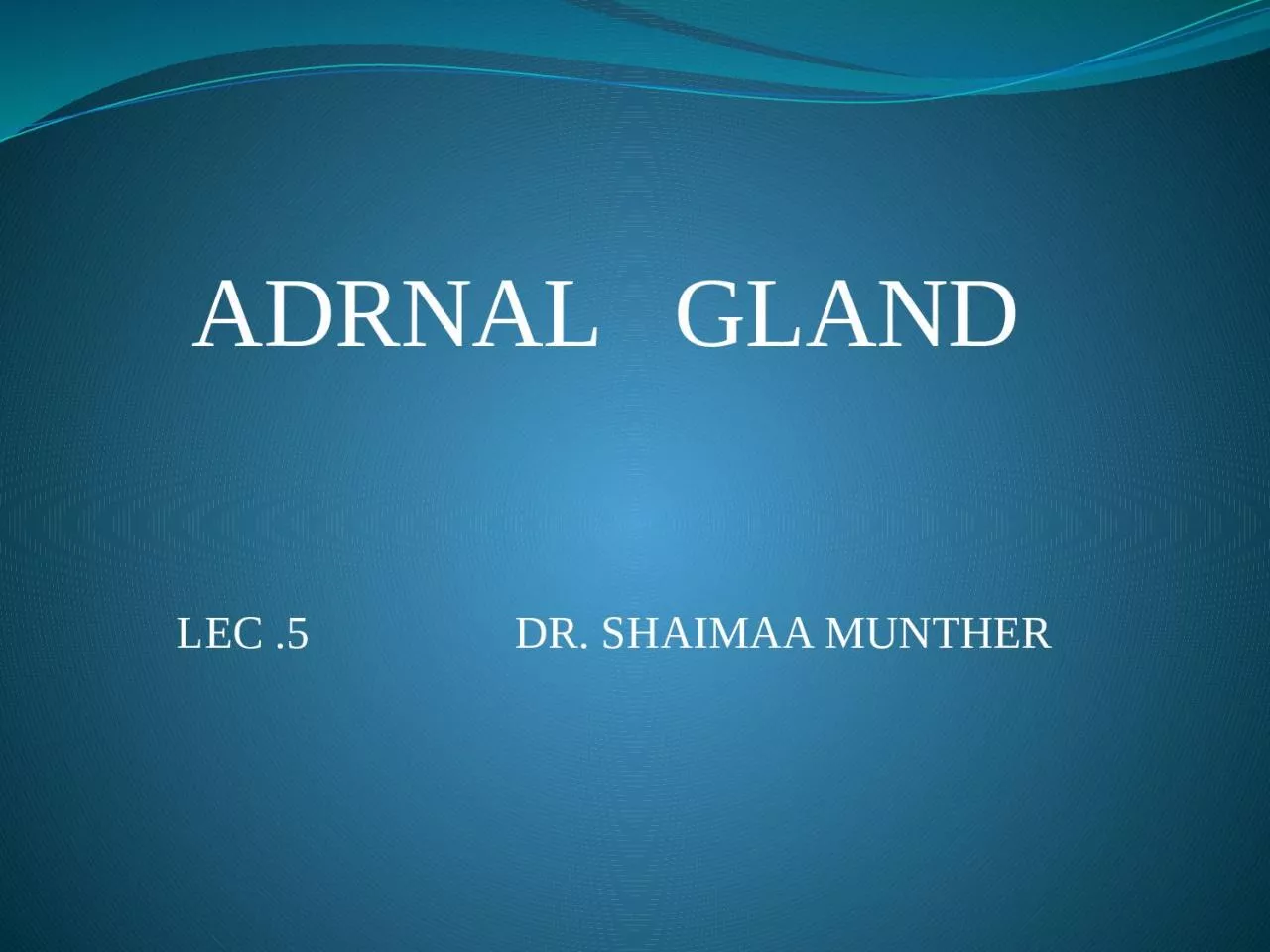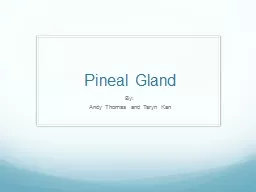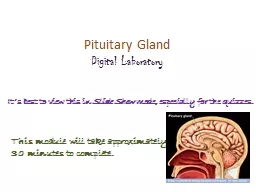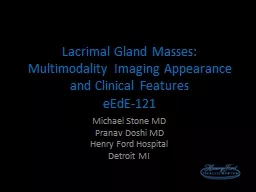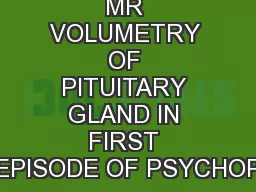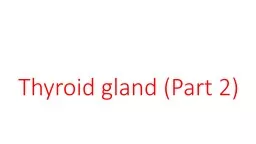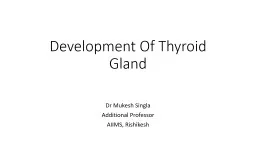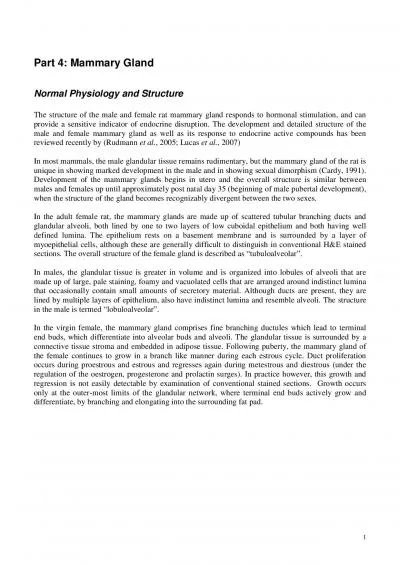PPT-ADRNAL GLAND LEC .5 DR. SHAIMAA MUNTHER
Author : PrincessPeach | Published Date : 2022-08-03
Adrenal Anatomy amp Physiology The adrenals are endocrine organs that sit on top of each kidney There are 2 adrenal glands that lie anteriorly to kidneys Each
Presentation Embed Code
Download Presentation
Download Presentation The PPT/PDF document "ADRNAL GLAND LEC .5 ..." is the property of its rightful owner. Permission is granted to download and print the materials on this website for personal, non-commercial use only, and to display it on your personal computer provided you do not modify the materials and that you retain all copyright notices contained in the materials. By downloading content from our website, you accept the terms of this agreement.
ADRNAL GLAND LEC .5 DR. SHAIMAA MUNTHER: Transcript
Download Rules Of Document
"ADRNAL GLAND LEC .5 DR. SHAIMAA MUNTHER"The content belongs to its owner. You may download and print it for personal use, without modification, and keep all copyright notices. By downloading, you agree to these terms.
Related Documents

